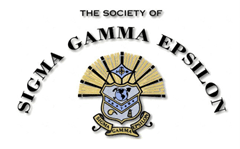Abstract
In summer 2014, Southern Utah University’s field camp visited five national parks and forests to study five different tectonic settings in five weeks. These included: thick-skinned contraction of the Laramide Orogeny at Capitol Reef National Park; normal faulting due to salt tectonics of the Paradox Formation at Arches National Park; thin-skinned folding and thrusting of the Sevier Orogeny at Fish Lake National Forest and Kolob Canyon of Zion National Park; foreland sedimentary transitions in the Book’s Cliffs areas of Utah; thrusting and conjugate fracture development due to the gravitational collapse of the Marysvale volcanic field at Bryce Canyon National Park; and a metamorphic core complex at Great Basin National Park and Hendry’s Creek in the Northern Snake Range of Nevada. This article provides a brief summary and photographic tour of the students’ experiences studying each tectonic environment, and it highlights wonderful geological features exposed in our national parks.
Recommended Citation
Francisco, Spencer and MacLean, John S.
(2014)
"Five Tectonic Settings in Five National Parks and Forests: A Field Camp Experience,"
The Compass: Earth Science Journal of Sigma Gamma Epsilon:
Vol. 86:
Iss.
2, Article 2.
DOI: https://doi.org/10.62879/c74746925
Available at:
https://digitalcommons.csbsju.edu/compass/vol86/iss2/2

Author Keywords
Laramide Orogeny, Capitol Reef National Park, Waterpocket Fold, Paradox Formation, salt tectonics, Arches National Park, Sevier Orogeny, Fish Lake National Forest, Kolob Canyon, Marysvale volcanics, Marysvale volcanic field, Bryce Canyon National Park, Great Basin National Park